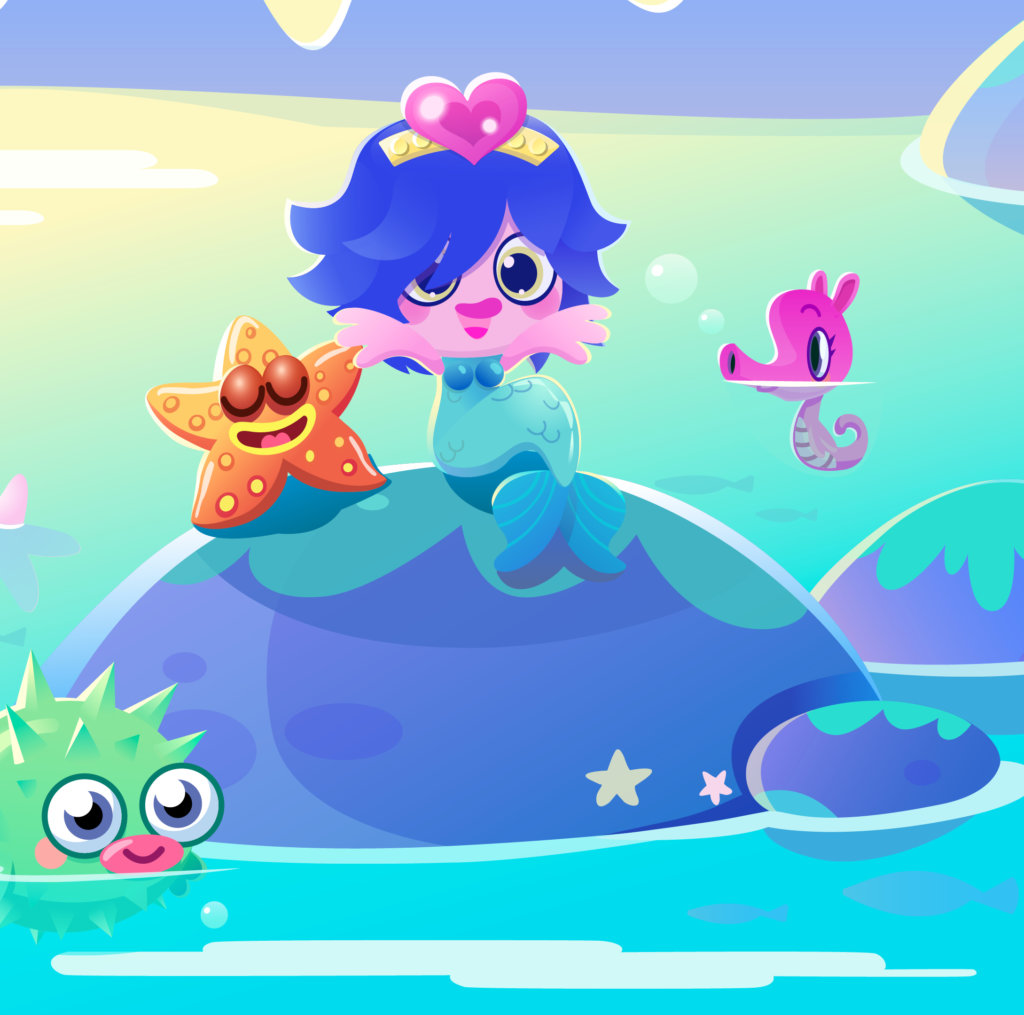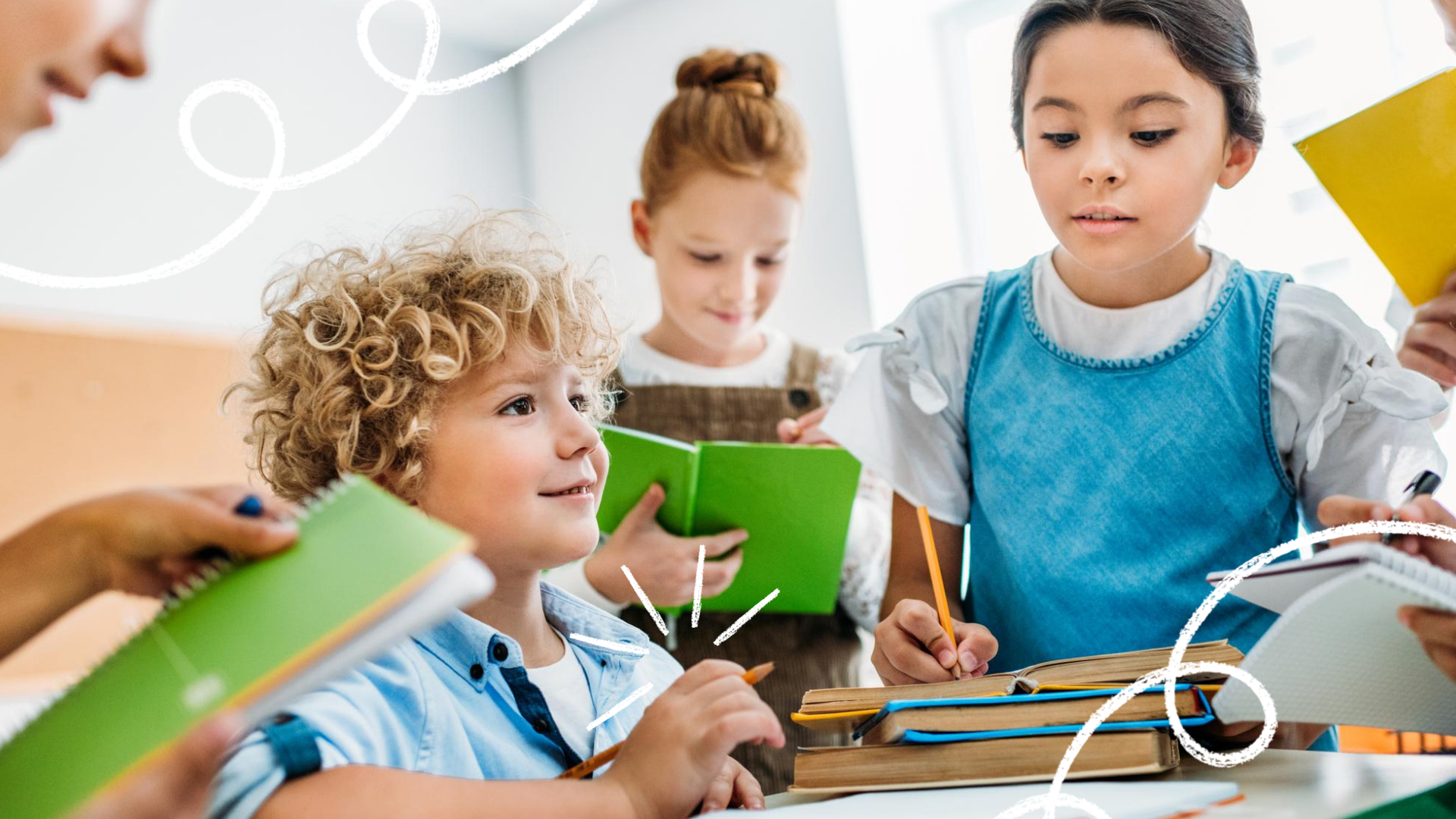
- 2 mins
Creating an Inclusive Classroom

One of the most vital social skills learned in childhood and adolescence is the ability to collaborate. Not only does collaboration through games allow students to interact with their peers and gain valuable social experience, but it also allows educators a safe and controlled environment in which to identify students who may be having trouble with social interaction (Bagdi & Vacca, 2005).
Collaborative games are a great way to introduce cooperation and discussion to students. Keep in mind that while a little lighthearted competition is likely okay, you want to place the focus on collaborating rather than declaring a winner. In a study of four- and five-year-olds playing board games, results showed that collaborative games increased cooperative behavior and decreased aggressive behavior. In contrast, playing competitive games increased aggressive behavior and decreased cooperative behavior (Bay‐Hinitz et al., 1994).
Games can be as simple or complex as you like—in fact, it may be best to stick to collaborative games that have a simple objective, especially for younger students. While there is no shortage of board games or pre-packaged collaborative activities for sale, you can also implement some cooperative games in the classroom at little to no cost.
You’ll need:
Instructions: With the children in groups of three to six, instruct them to take turns rolling the dice. Whatever number they roll, they will add that many blocks to the tower. Teams must work together to place the blocks in the best possible way to keep their tower from coming down.
You’ll need:
Instructions: Ask students to line up in a given order without talking to each other. It can be by their birthday, alphabetical order by their first name, height, or any other metric you choose. This game is an excellent ice breaker and also requires some communication skills from your students. Provide students with ideas of how to use nonverbal communication, such as gesturing with hands, poses, handshakes, nodding, holding up fingers, etc.
You’ll need:
Instructions: Ask students to stand in a circle and hold their objects in their hands. Choose one student to start, and ask them to begin a story based on the object they’re holding. Then have the next student continue the story based on their object. This activity entails some critical thinking skills and creativity.
You’ll need:
Objective: Arrange the 25 pieces of paper or dots in a 5×5 grid on the floor. On a sticky note, draw a path from one side of the grid to the other for your reference only. This is the “safe” path that the kids have to take, but don’t know exactly what it is. Ask students one by one to try crossing the grid, but if they step off the path, you yell “Boom!” Students will need to listen to their classmates’ suggestions, remember where the “Booms” are, and work together to get across the grid. You can increase the size of the grid for a bigger challenge if 25 spots are too easy.
Bagdi, A., & Vacca, J. (2005). Supporting early childhood social‐emotional well being: The building blocks for early learning and school success. Early Childhood Education Journal, 33, 145–150.
Bay‐Hinitz, A. K. , Peterson, R. F., & Quilitch, H. R. (1994). Cooperative games—A way to modify aggressive and cooperative behaviors in young children. Journal of Applied Behavior Analysis, 27, 435–446.